I’ve been reading a lot this summer, on a multitude of topics, but it got me wanting to curate more erotica themed reading for Hollow.
I’m currently reading Story of O for the first time after going down a bit of a Marquis de Sade rabbit hole over the last few months (you can read below how this novel was written in response to Sade in many ways). I’m also waiting on a copy of Henry Miller’s Tropic of Cancer to come in the mail after reading both Anaïs Nin erotica collections earlier this year. There are still many more classic & contemporary erotic fiction that I still need to read, such as Anne Rice’s The Claiming of Sleeping Beauty, Mary Gaitskill’s Bad Behavior, The Lover by Marguerite Duras, Call Me By Your Name by André Aciman, & so many more.
In art in general - literature, film, visual art, etc. - I am particularly drawn to psychological themes. That’s something about me that you may have already picked up on from some of the films I’ve chosen to write about here in the past. Both horror & erotica often explore psychological themes within the context of their genres.
When I was a teenager & getting really into film, some of my favorite works became A Clockwork Orange, Eyes Wide Shut, Blow-Up, Persona, Videodrome, Blue Velvet & many others. Since that time of discovering those films, Kubrick, Cronenberg, & Lynch remain some of my favorite directors. They all tend to deal with themes of sexual depravity, sexual fantasy, technology, & psychology. They often explore the intersection between eroticism & horror, both psychologically & visually, in their films.
I have also always been interested in the surrealist art movement, which tends to explore the subconscious, objectification, symbology, & psychology. I recently finished a biography on Man Ray, one of my favorite artists who was involved in both the Dada & Surrealism art movements of the 1920s & 1930s, though he never officially identified with any artistic movement or categorization. He was a huge fan of Marquis de Sade & made many artworks inspired by the writer. I wrote a bit about him earlier this year in my article The Erotic Object: Man Ray, Marquis de Sade, Surrealism & Bondage.
So anyway, as you can imagine, when I finally stumbled upon Story of the Eye by Georges Bataille, I was completely enthralled in the work & finished the novella in one sitting.
1. Story of the Eye, Georges Bataille, 1928
Histoire de l’œil or Story of the Eye, is the first work of fiction published by Georges Bataille. It chronicles the sexual escapades of a nameless teenage narrator, his lover Simone, & a mentally-ill sixteen-year-old girl, Marcelle. The story is told from the perspective of the man looking back on his exploits.
Story of the Eye is a classic of the erotic horror genre & has been heavily referenced since its publication. One of the episodes in the novella describes the murder of a seduced Spanish priest who is strangled after reaching sexual climax with Simone. His eye is then inserted into sundry cavities, hence the title.
The first edition Story of the Eye was published under the pseudonym Lord Auch in 1928. In 1940, an illustrated edition of the novella was published with six etchings by the German artist Hans Bellmer. A later edition, published in 1951 in Paris, was condemned by the Criminal Court of the Seine, France. The first edition to be issued under the author’s real name was published in the late 1960s, after Bataille’s death, by Jean-Jacques Pauvert, notable for also publishing the works of the Marquis de Sade.
The eroticism in Story of the Eye & the symbolism of objects reminds me a lot of the Surrealists, in particular, Man Ray & Luis Buñuel. Eggs & eyes… the same objects found throughout Surrealism that carry psychological symbolism, often referencing sex, the subconscious, etc.
A year after the publication of Bataille’s Story of the Eye, Luis Buñuel & Salvador Dalí released their film, Un Chien Andalou - a French-Spanish surrealist horror film most iconic for it’s scene of a woman’s eye being sliced with a straight razor.
Story of the Eye received critical analysis from two of my favorite writers, Roland Barthes & Susan Sontag. Roland Barthes published an essay called “Metaphor of the Eye” in Bataille’s own journal Critique shortly after Bataille’s death in 1962. Barthes discusses the object of the eye in the novella, noting the object’s interchangeability with eggs, bulls’ testicles, & other ovular objects found within the story. He also traces the symbolism of various liquids found within the text, such as tears, cat’s milk, egg yolks, urination, blood & semen.
Sontag references Story of the Eye in her 1969 essay, “The Pornographic Imagination” defending the novella as a work of art.
2. Justine, Marquis de Sade, 1787
Justine or The Misfortunes of Virtue, is an early work of Marquis de Sade’s, written in two weeks in 1787 while he was imprisoned in the Bastille. The story takes place right before the French Revolution & tells the story of a girl named Thérèse who was repeatedly victimized throughout her life from ages 12 - 26. Thérèse tells the story of her life to Madame de Lorsagne in an attempt to defend her crimes in the face of her own imprisonment & death. This novella is one of my favorites of Sades & is a great example of his writing & themes.
Marquis de Sade’s life is just as interesting to me as his novels. Born in 1740, Sade was a writer, libertine, political activist, & nobleman, best known for his libertine novels & imprisonment for sex crimes, blasphemy & pornography. His major works include The 120 Days of Sodom, Justine, Juliette, & Philosophy in the Bedroom. All of his novels include descriptions of sex acts, torture, & murder with discourses on religion, politics, philosophy & sex. The word sadism - taking pleasure in inflicting pain on others - derives from Sade, who both practiced & wrote about sexual sadism. Some of his work was published under his own name during his lifetime, but most appeared anonymously & posthumously.
Born into a French noble family, Sade served as an officer in the Seven Years’ War before a series of sex scandals led to his detention in various prisons & asylums for most of his adult life. During his first imprisonment from 1777 to 1790, he wrote a series of novels, some of which his wife smuggled out of prison. During the French Revolution, Sade pursued a literary career & became politically active, first as a constitutional monarchist & then as a radical republican. During the Reign of Terror, he was imprisoned for moderatism. In 1801, Napoleon Bonaparte ordered the arrest of the anonymous author of Justine & Juliette. As a result, Sade was imprisoned without trial. He was eventually incarcerated in an insane asylum where he died in 1814. Justine was ordered to be destroyed by the Cour Royale de Paris on May 19, 1815.
What I love about Sade’s writing is that it’s deeply philosophical & psychological. His works are class-conscious political satire, with an emphasis on atheism, moral nihilism, & the abuse of power that takes place once a person reaches a certain class or status. There is an intriguing dichotomy in his writing as well - perverse & depraved content written with such beautiful prose. His writing is highly influential, inspiring many artworks to come in the following centuries.
3. Story of O, Pauline Réage, 1954
I’m just now realizing that the first 3 novels on this list are all French… Anyway,
Story of O is an erotic novel written by French author Anne Desclos under the pseudonym Pauline Réage. It was published in both English & French in 1954, & Desclos’ true identity was not revealed until 40 years after the novel’s initial publication.
It is an erotic novel about a Parisian fashion photographer O, who undergoes a submissive experience at the hands of her lover & his secret society. It is a story about a woman’s BDSM experience written by a woman, which makes it particularly compelling. The attention to detail that O describes in the novel feels very much like it was written by someone who was referencing her own ideas & perspectives. It feels personally erotic. It’s also just great writing.
Desclos later revealed that she wrote the novel as a series of love letters to her lover Jean Paulhan, who admired the work of Marquis de Sade. The story goes that Paulhan told Desclos that a woman could not write like Sade - Desclos took this as a personal challenge & wrote Story of O. Paulhan was so impressed that he sent the novel to a publisher. Paulhan wrote the preface to the novel called “Happiness in Slavery”, where he emphasizes the anonymity of the writer. In one section he goes as far to say,
"But from the beginning to end, the Story of O is managed rather like some brilliant feat. It reminds you more of a speech than of a mere effusion; of a letter rather than a secret diary. But to whom is the letter addressed? Whom is the speech trying to convince? Whom can we ask? I don't even know who you are. That you are a woman I have little doubt."
The novel became quite influential in the erotica world - Emmanuelle Arsan claimed Story of O inspired her to write her own erotic novel, Emmanuelle in 1967. There were quite a few films inspired by the novel such as Kenneth Anger’s l'Histoire d'O (1961) & Lars Von Trier’s Menthe – la bienheureuse (1979). French director Henri-Georges Clouzout wanted to adapt the novel to film for many years. It was eventually done by director Just Jaeckin in 1975.
4. Crash, J.G. Ballard, 1973
Okay we’re out of France for now. We’re in the UK, 1973.
Crash is an erotic novel by J.G. Ballard. It follows a group of car-crash fetishists who become sexually aroused by staging & participating in car accidents, inspired by the famous crashes of celebrities. It’s really unlike anything I’ve ever read to be honest. Crash explores the disturbing potentialities of contemporary society's increasing dependence on technology as intermediary in human relationships.
J.G. Ballard wrote this of his novel,
“Throughout Crash I have used the car not only as a sexual image, but as a total metaphor for man's life in today's society. As such the novel has a political role quite apart from its sexual content, but I would still like to think that Crash is the first pornographic novel based on technology. In a sense, pornography is the most political form of fiction, dealing with how we use and exploit each other in the most urgent and ruthless way. Needless to say, the ultimate role of Crash is cautionary, a warning against that brutal, erotic and overlit realm that beckons more and more persuasively to us from the margins of the technological landscape.”
That one part from Ballard’s quote, “In a sense, pornography is the most political form of fiction, dealing with how we use and exploit each other in the most urgent and ruthless way” perfectly articulates why I’m so drawn to these types of ideas.
In 1996, the novel was adapted into an incredible film of the same name by David Cronenberg. I highly recommend both works.
5. Little Birds, Anaïs Nin, 1979
My only American recommendation for this brief reading list: Little Birds is Anaïs Nin's second collection of erotica published in 1979 - two years after her death. The book contains thirteen short stories written in the early 1940s when Nin was working with an erotic fiction group “writing pornography for a dollar a day."
This collection is not necessarily sexually depraved, like the other books in this list may be. I chose to select Nin’s work on this list because she is an important erotica writer who is writing pornography from the perspective of a woman. All the stories in Little Birds are connected by female subjectivity. Nin’s erotica work brings attention to the concept of the male gaze long before John Berger & Laura Mulvey coined the phrase in 1973.
Her first erotica collection, Delta of Venus, is also a great read, but I selected Little Birds because I think I liked this collection slightly more. Some characters that were introduced in Delta of Venus reappear in Little Birds as well.
While erotica written from a woman’s perspective is always valuable, there are some colonialist & racist descriptions in both erotica collections that are worth mentioning. I feel her work is a staple of the erotica genre, though problematic as well.
Those are 5 erotic fictions selections to dive into if you haven’t read them yet. In the future, I’d like to include y’all in a kind of Hollow Book Club - where on a monthly basis I can share a novel that I’m about to read with an invitation to also read the book, & then I will write about it at the end of the month.
Also, please drop a comment with some of your personal recommendations - I’d love to keep adding to my ongoing reading list.





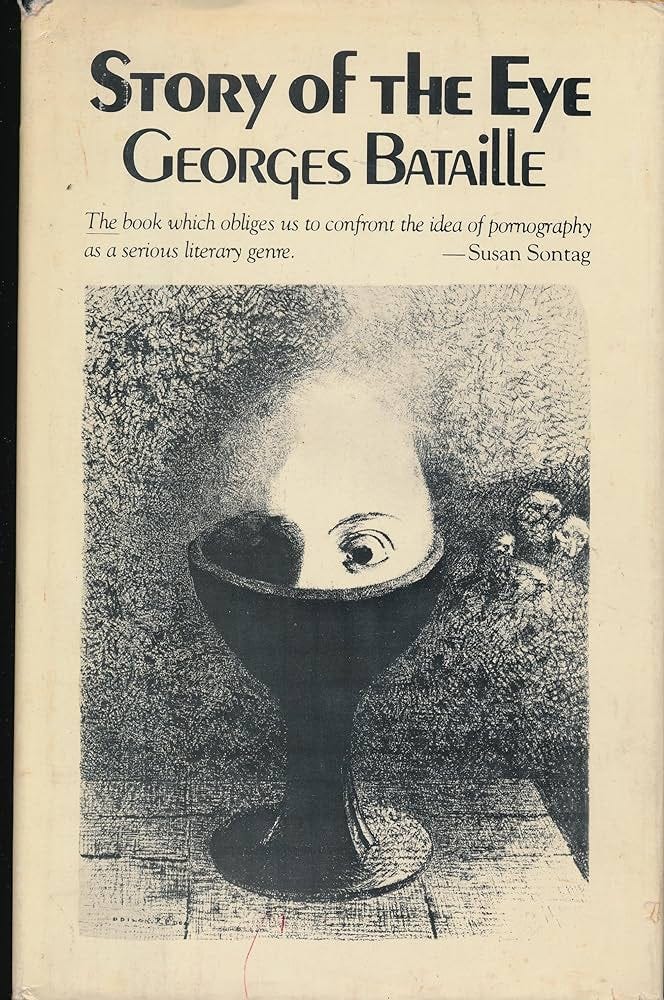
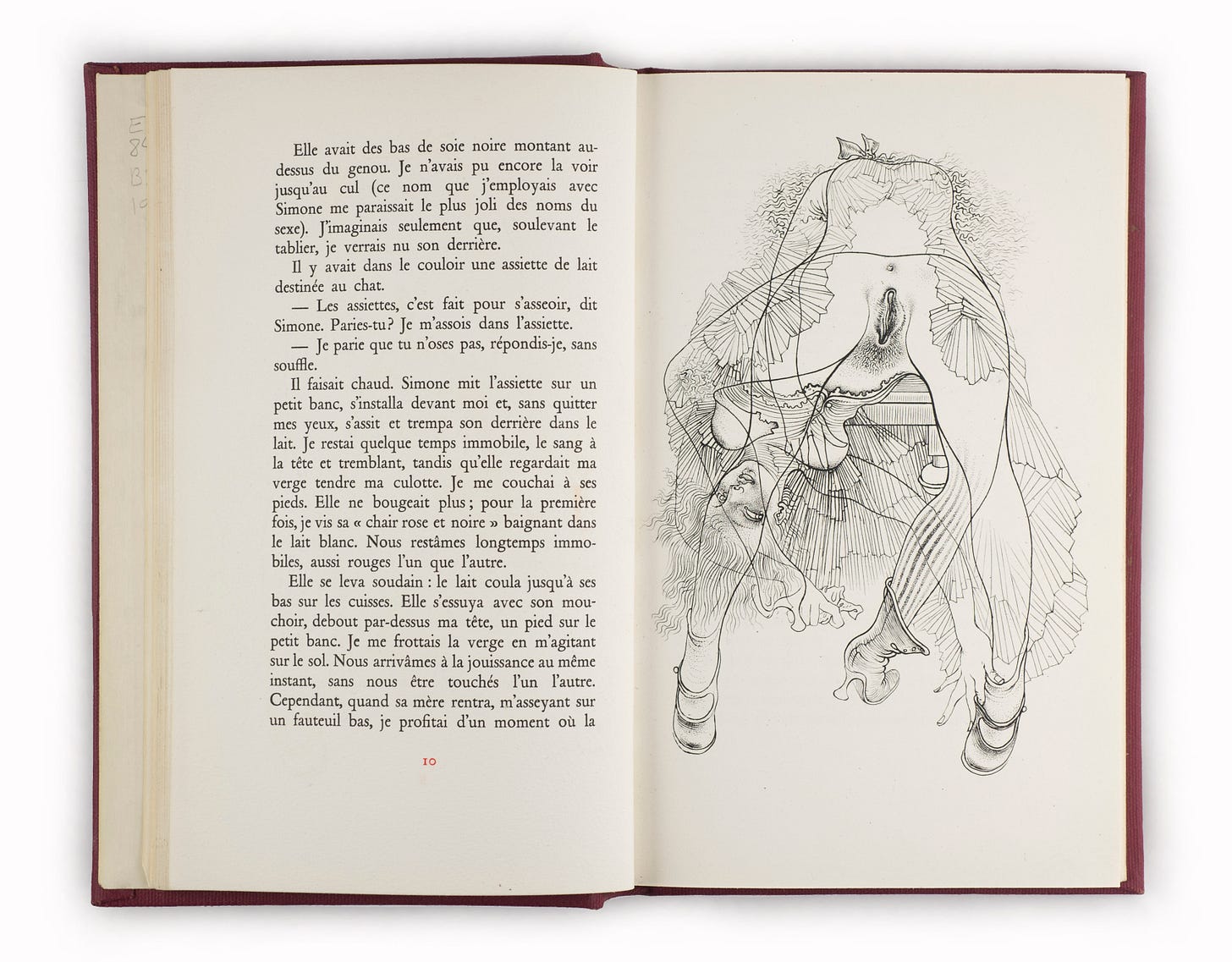
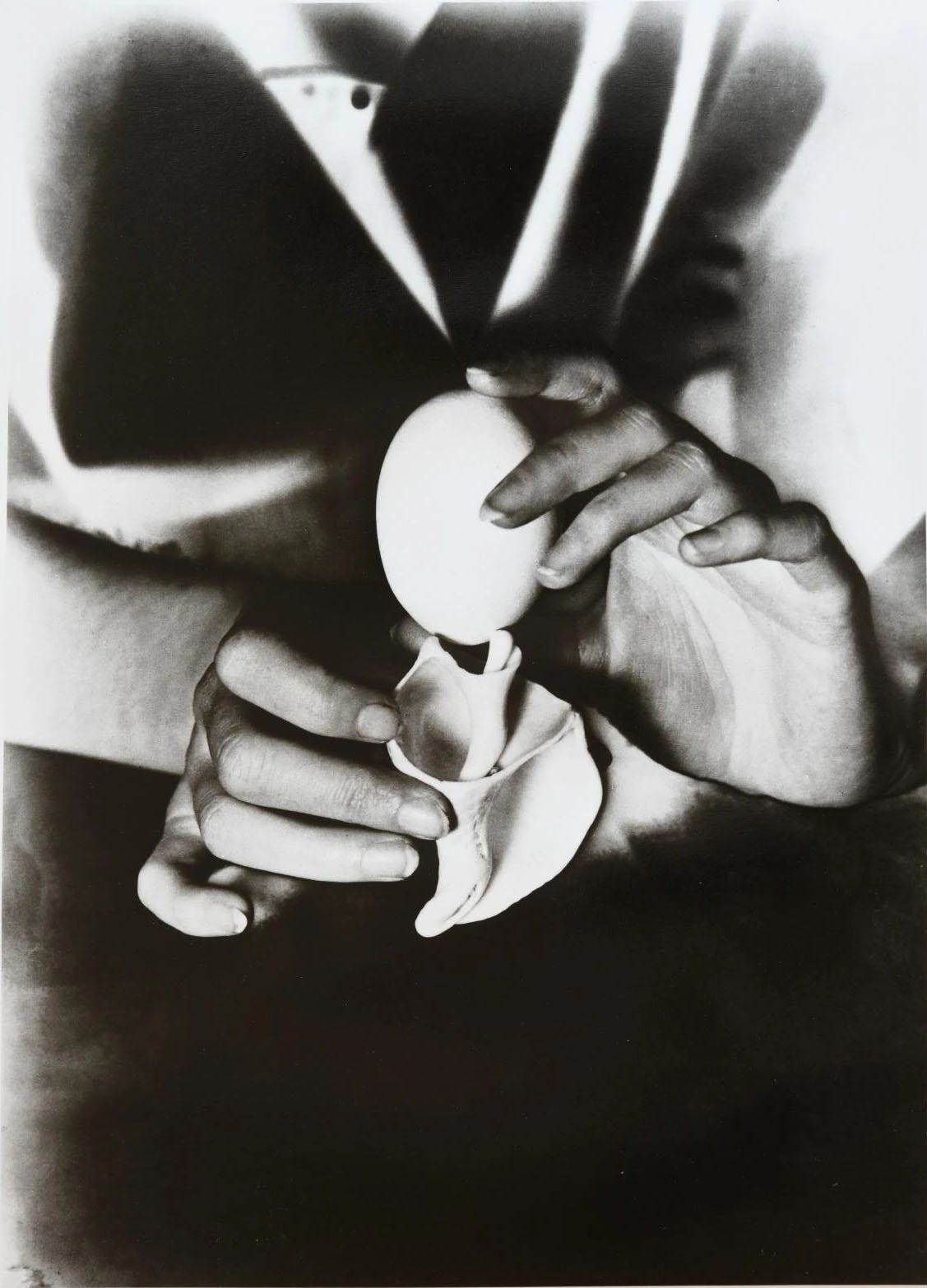
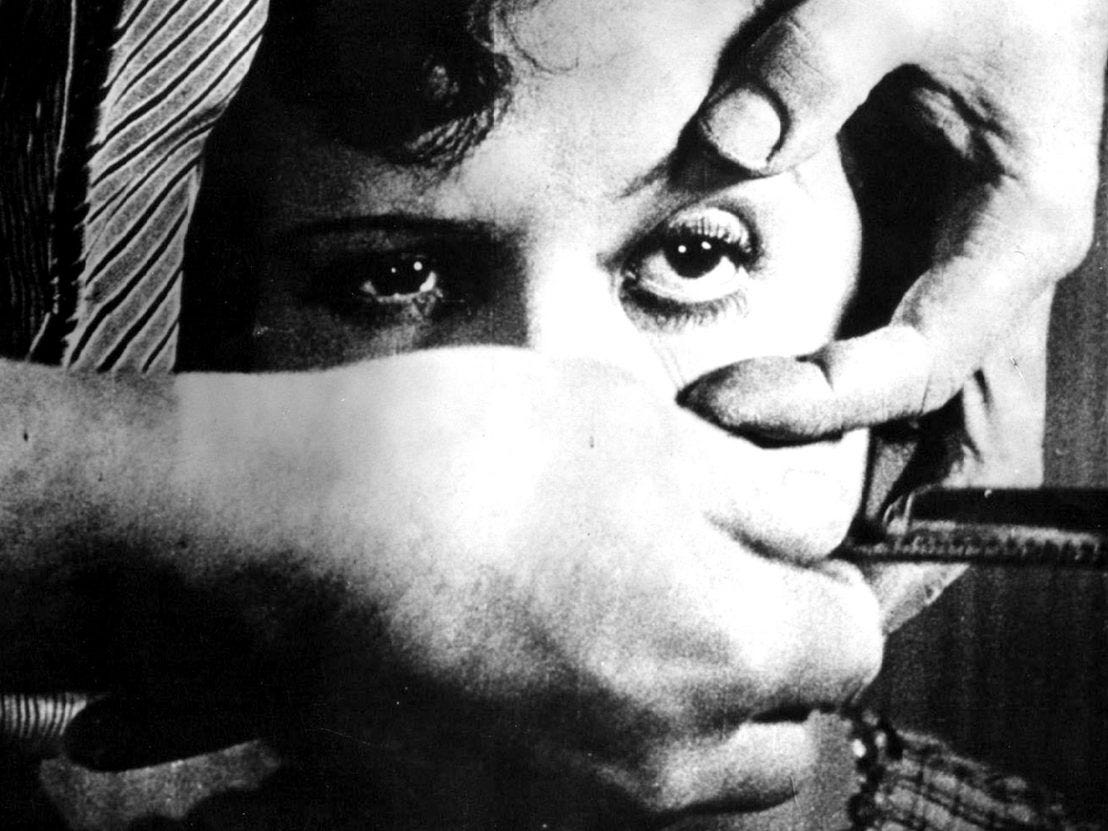
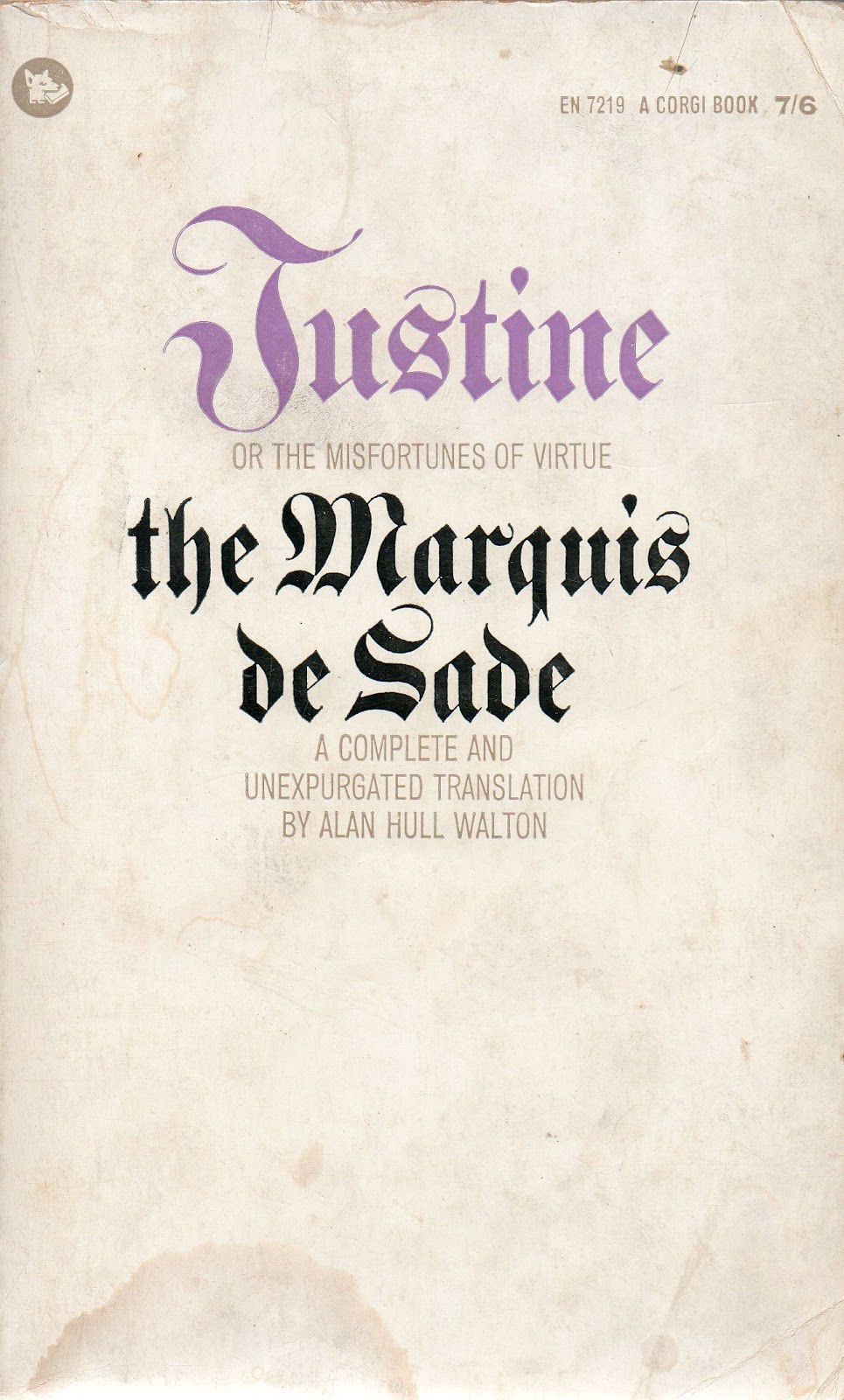
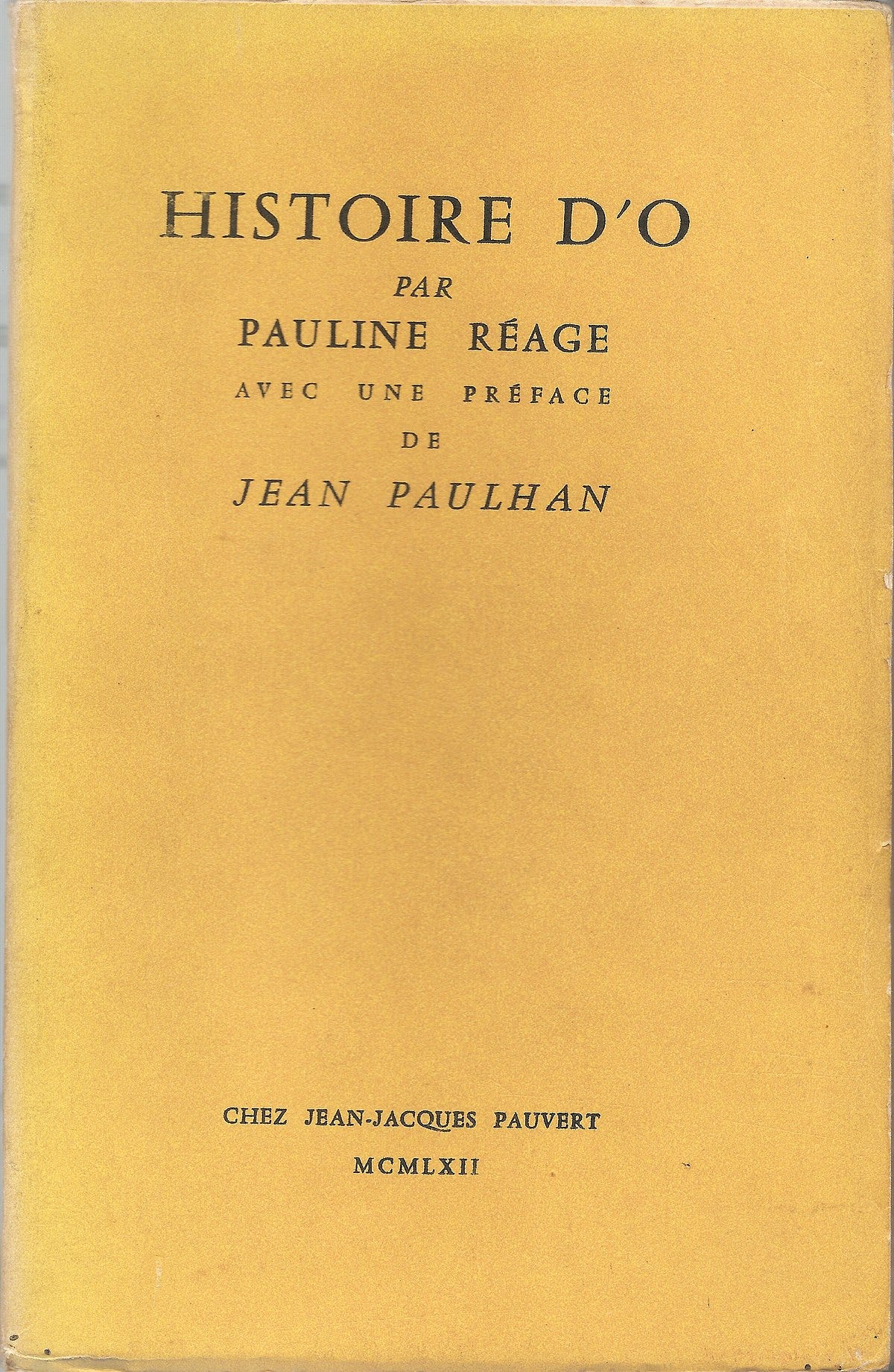
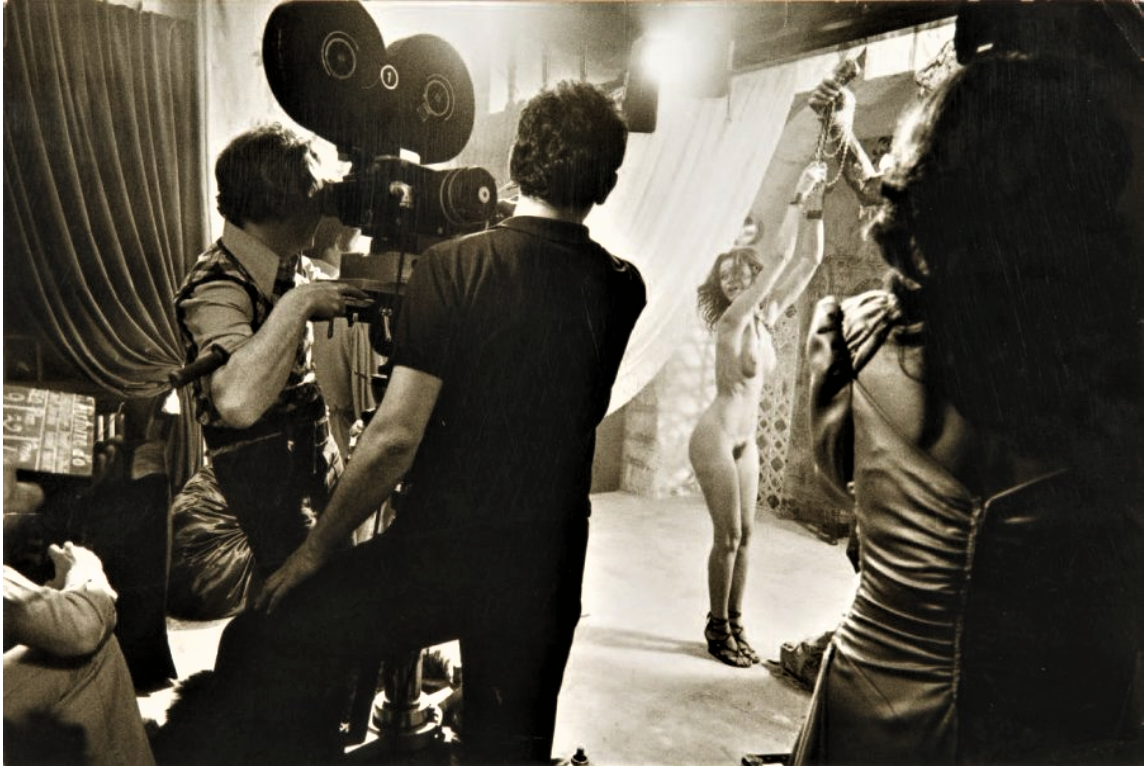
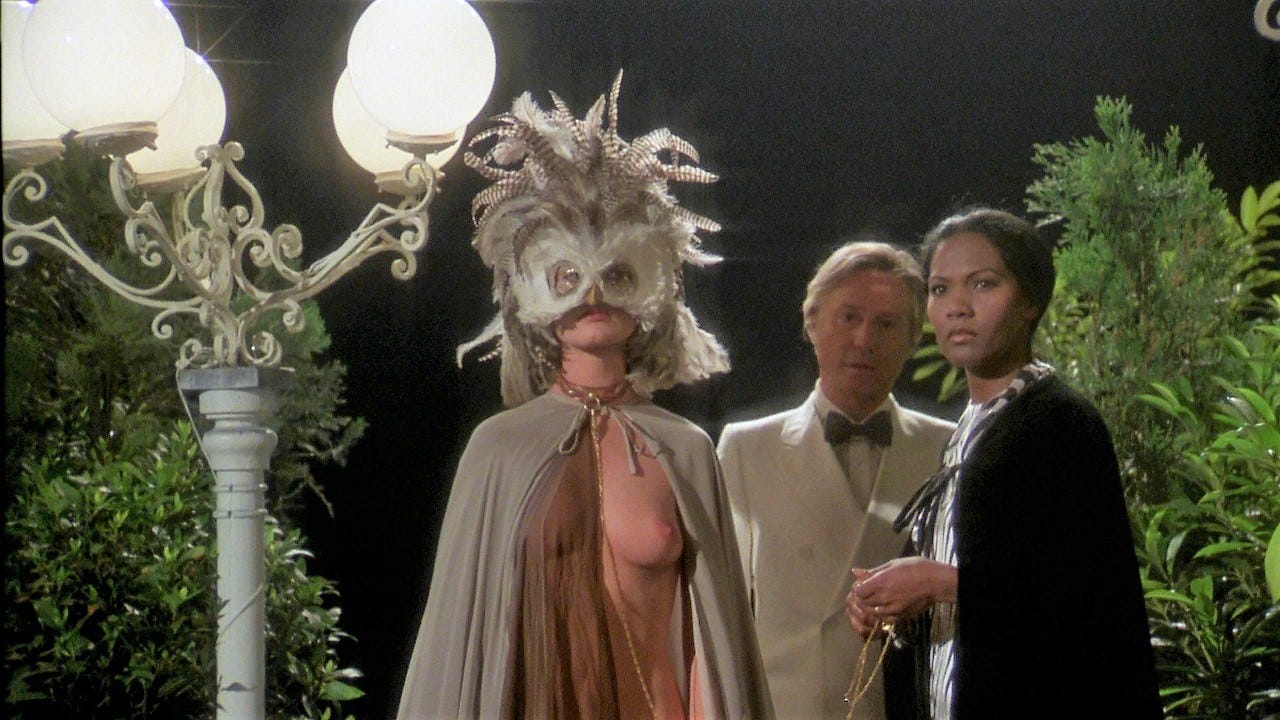
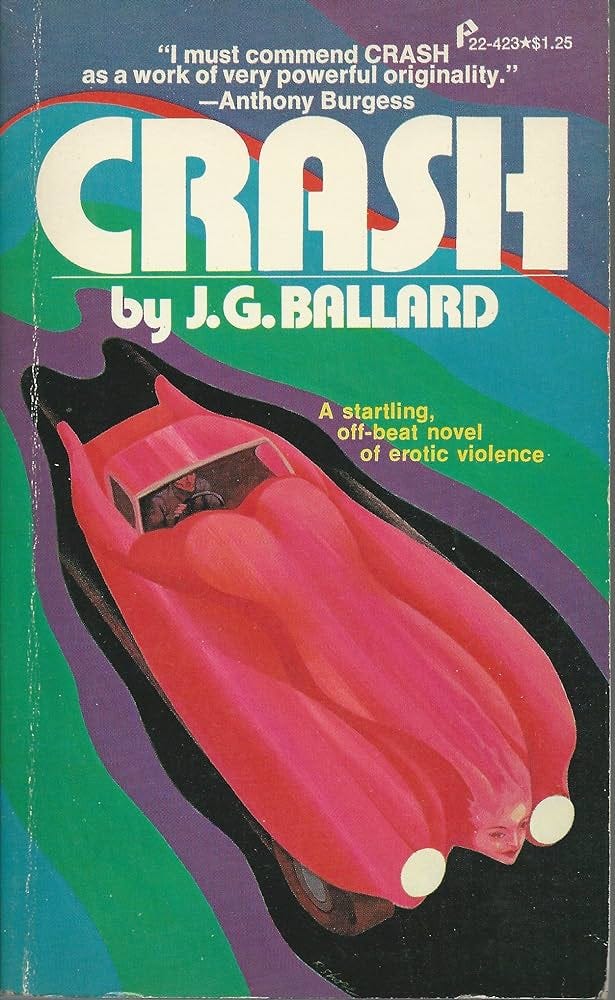
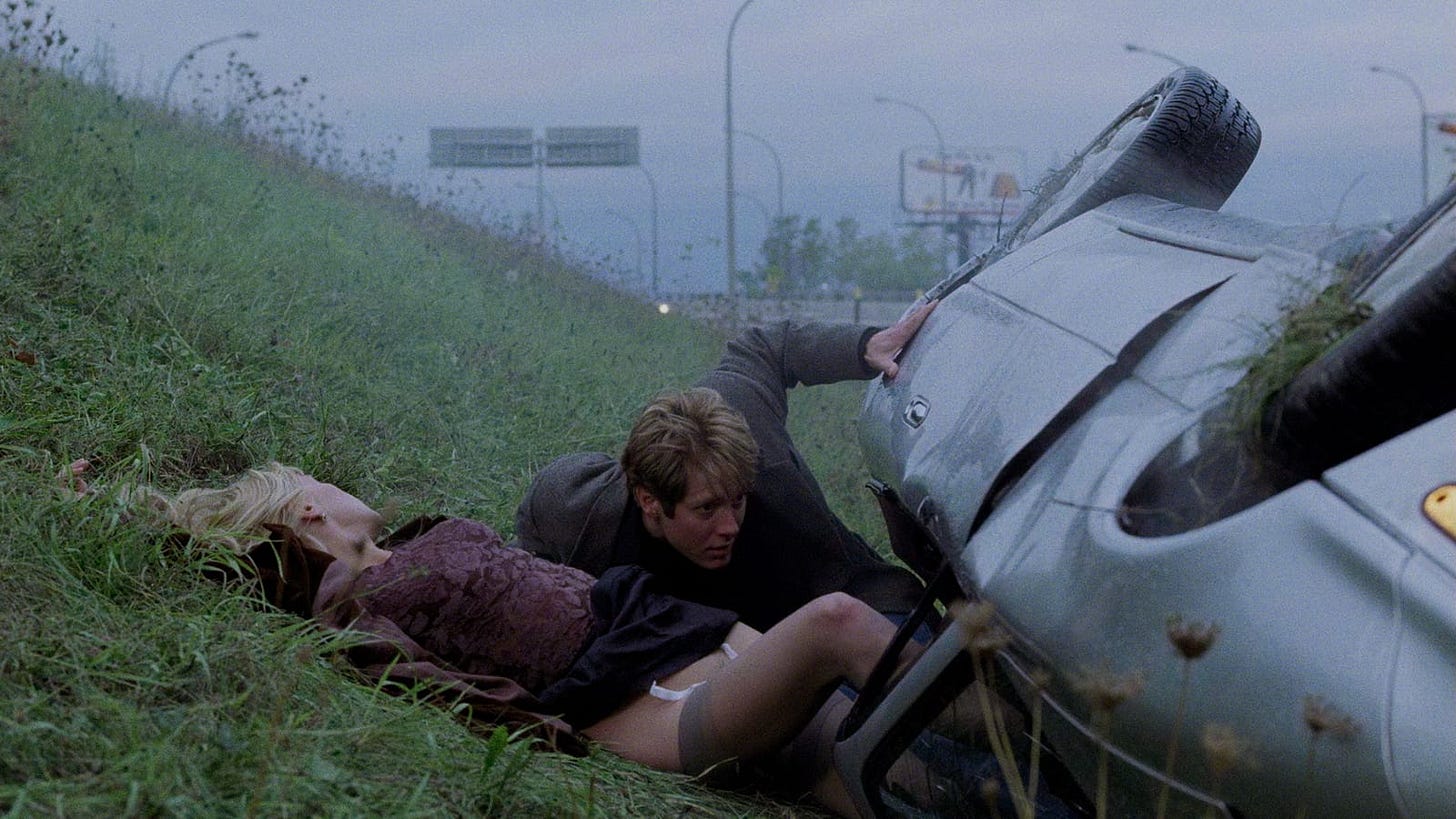
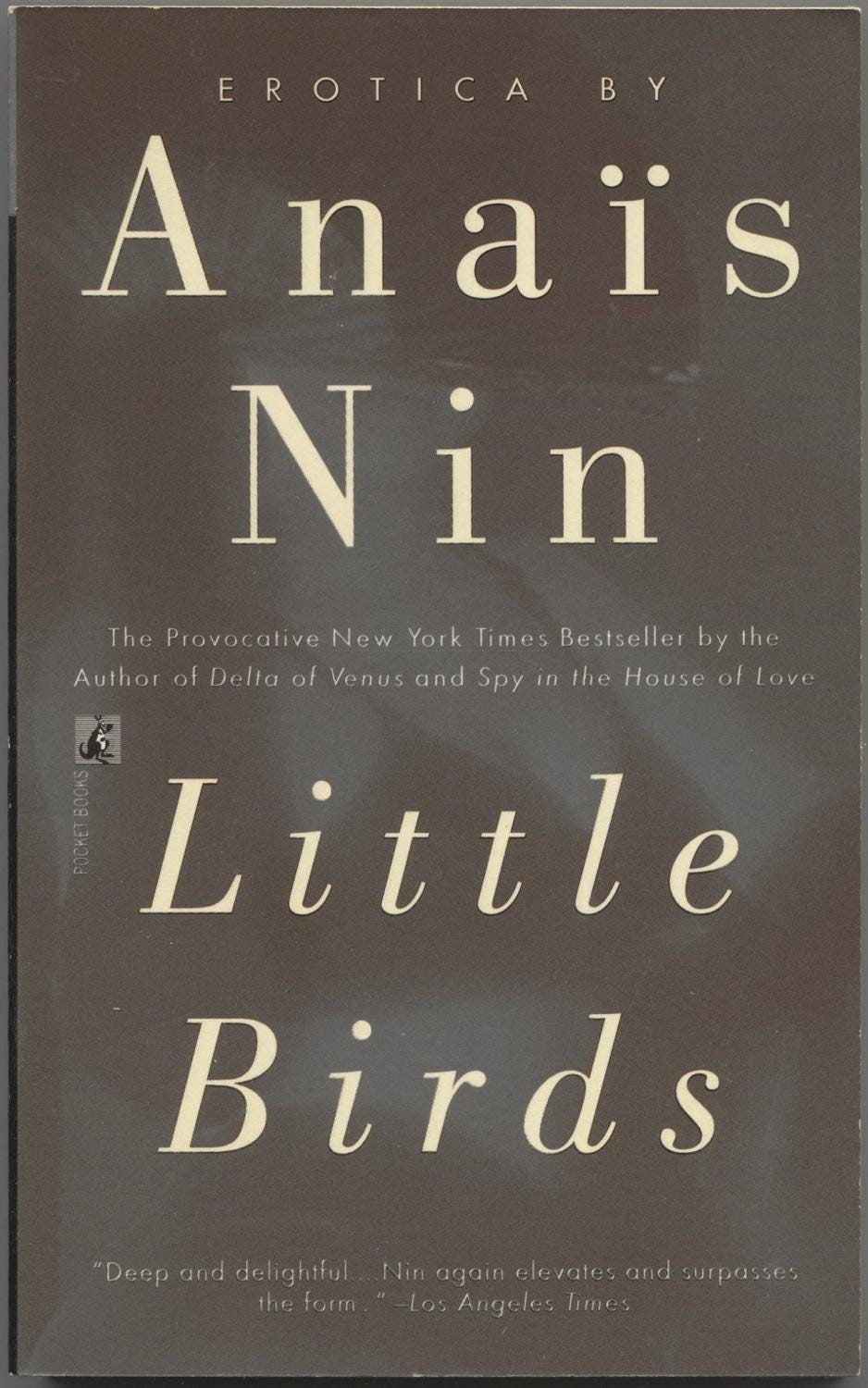
The book club seems such a good idea !
Thank you for this article, it was my morning read today.
I’ve been rereading Anais Nin’s diaries the last couple of months. I can never seem to get enough of her. Next up, I’ll read A Literate Passion. She and Miller are my second favorite couple…taking first place- Simone de Beauvoir & Jean-Paul Sartre 🥰